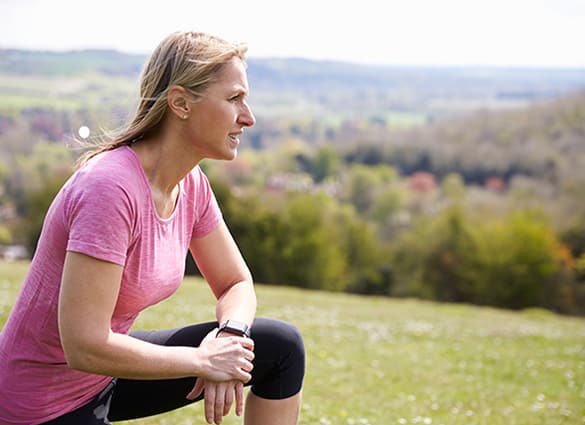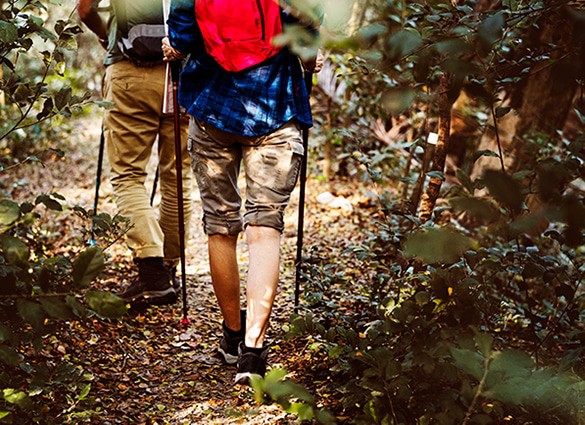
Common among middle-aged
Achilles tendon injuries are very common amongst middle-aged people as well as athletes. The Achilles tendon is the largest and strongest tendon in the body, connecting the calf muscles to the heel bone. Insertional Achilles Tendinopathy (also known as Insertional Achilles Tendinitis) refers to inflammation, compression and pain occurring at the back of the heel at the point where the Achilles tendon inserts onto the heel bone.
Very close to the Achilles tendon insertion onto the heel bone are some fluid-filled sacs, called bursae. These bursae assist the gliding movement of the Achilles tendon against the heel bone and surrounding soft tissues. Insertional Achilles Tendinopathy can involve compression and inflammation of the bursa, known as ‘retrocalcaneal bursitis’.
What is the difference between Insertional Achilles Tendinopathy and Archilles Tendinopathy?
Achilles Tendinopathy (also known as Achilles Tendonitis) affects the Achilles tendon itself, whereas Insertional Achilles Tendinopathy affects the specific point at which the Achilles tendon attaches to the heel bone.
What causes Insertional Achilles Tendinopathy?
There are several factors that may contribute to the development of Achilles tendon problems:
- Excessive hill running/walking – this puts the tendon on maximum stretch and compression
- Change in exercise routine – a sudden increase in the intensity, frequency or duration of exercise activity
- Unsupportive or incorrect footwear (eg. minimalist shoes, low or negative heels)Poor muscle flexibility or strength (eg tight or weak calf muscles)
- Decreased joint range of motion (e.g. stiff ankle joint)
- Abnormal foot posture – a high arched foot with restricted ankle joint flexibility can place excessive load on the tendon insertion. A pronated foot may have a smaller tendon volume, making the tendon less able to cope with increased tendon load
- Bony heel deformity (e.g.; Haglunds deformity or retrocalcaneal exostosis) – an abnormal bony prominence that may cause compressive loads on Achilles tendon or bursa
- Inadequate warm up, stretching, or cool down
- Excess weight or obesity – overweight and obese people are at risk of tendon injuries
- Systemic diseases (eg psoriatic arthritis and spondyloarthropathy)
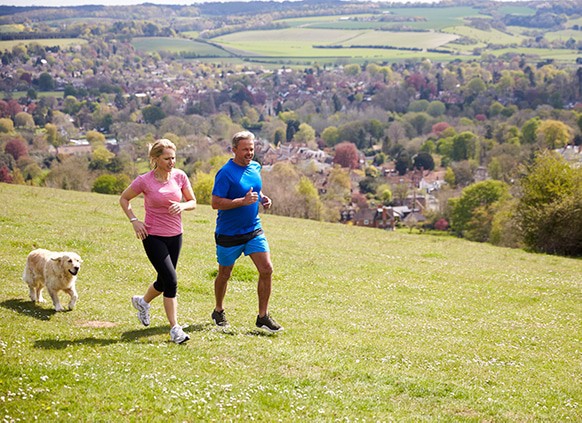
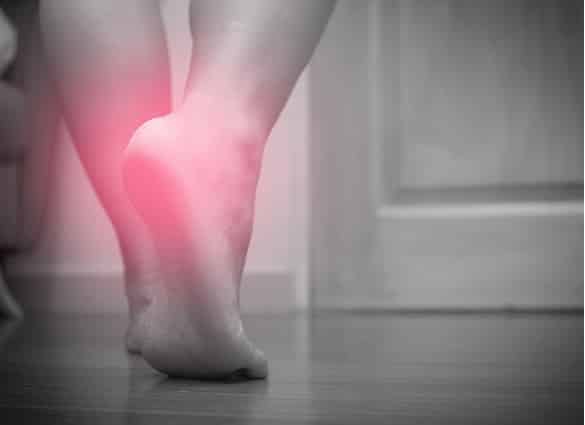
What are the symptoms of Insertional Achilles Tendinopathy?
The pain caused by Insertional Achilles Tendinopathy develops gradually and may initially be experienced only after exercise or when first arising in the mornings. As the injury worsens, pain is often felt during exercise activities and may also be present during normal daily activities. The pain is often worse when walking or running uphill or on uneven terrain. Some people experience heel pain when driving the car, or sleeping on their back at night.
The most common symptoms of Insertional Achilles Tendinopathy include:
- Pain and tenderness at the back of the heel
- Swelling or mild redness at the heel, sometimes a bony lump (Haglunds deformity)
- Stiffness and pain most noticeable in the morning on first arising
- Weakness when hopping, jumping or skipping on the affected leg
How is Insertional Achilles Tendinopathy diagnosed?
Your podiatrist will take a comprehensive medical history and perform a physical examination and gait analysis. The assessment will include:
- Foot posture assessment
- Joint range of motion (flexibility)
- Foot and leg muscle strength testing – looking for any muscle imbalance or weakness
- Footwear assessment
- Gait analysis & biomechanical assessment – to look for any abnormalities in the way the feet and legs move during gait
- Pain provocation tests (tendon palpation, heel raise, skipping, hopping etc)
- A soft tissue ultrasound scan or a plain x-ray may be required

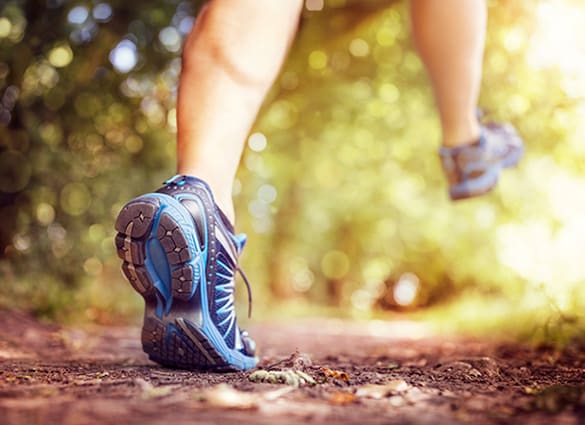
How is Insertional Achilles Tendonitis treated?
Conservative treatment for Insertional Achilles Tendinopathy is most effective when this condition is treated early and may include a combination of the following:
- Rest – from aggravating activities until you are able to walk comfortably
- Home Exercise Program – specific eccentric exercises are prescribed to strengthen and repair the Achilles tendon and form an integral part of your treatment plan
- Heel Raise – a raise placed inside the shoe to elevate the heel can be very helpful in the initial stages of recovery
- Footwear – changing to a high quality, stable shoe will help to absorb shock and support the foot and ankle
- Custom made orthotics – to improve your foot posture and reduce strain on the Achilles tendon. Custom foot orthotics are made from a 3-D scan of your feet and are prescribed specifically to restore normal joint alignment and foot function
- Joint Mobilisation – to improve foot and ankle flexibility
- Massage Therapy – can be a helpful adjunct to your treatment
- Ice massage – to reduce any local inflammation
- Acupuncture of trigger points (muscle knots) in the muscles of the lower leg can assist in reducing pain and improving muscle function and flexibility
- Medication – sometimes a short course of non-steroidal anti-inflammatory medications (eg. Voltaren, Nurofen) can be a helpful adjunct in reducing pain, especially if there is an associated bursitis
- Weight loss if required
- THOR Low Level Light Laser Therapy
- Foot Mobilisation Technique (FMT).
What should I do if I have Insertional Achilles Tendinopathy?
You should see your podiatrist as soon as possible if you suspect you have Insertional Achilles Tendinopathy. The longer heel pain is left untreated, the more difficult it becomes to alleviate with conservative care by your podiatrist.
If you think you suffer from or may be at risk of developing Insertional Achilles Tendinopathy, contact us.
